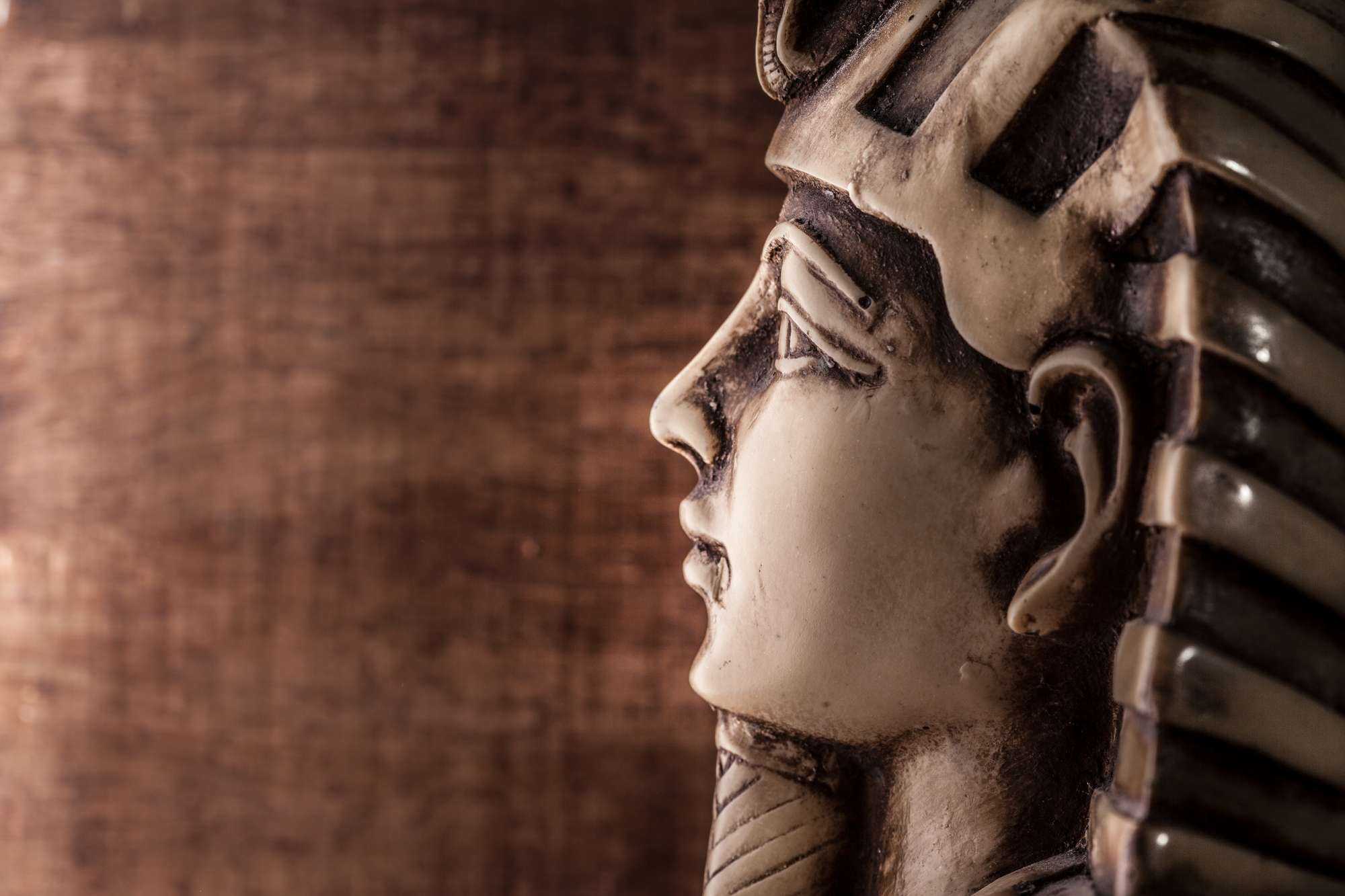BY DAVE RANKIN
In our previous entry, we took the time to highlight the life of The Great Royal Wife, “She who lives her for Amun”, Ankhesenamun. Swept up in a power struggle, the senior princess was first married at the age of thirteen to her father Ankhenaten. Her second marriage was to her half-brother, the famed ‘King Tut.’ This week, we will introduce her third husband, Aye also spelt ‘Ay’, who ruled as nesew for four years beginning around 1324 BCE.
Aye’s origins begin in the Upper Kemetian city of Akhim, possibly part of the nobleman Yuya’s bloodline. Therefore, making him a direct descendant of the beautiful Queen Tiye. There is also very little research that suggests Aye as the father of Nefertiti. I read an article that supposedly confirms this through an inscription in his KV23 or WV23 tomb. As a reference WV actually stands for Western Valley of the Kings. However, I have yet to read the inscription myself.
Aye’s military and political career was quite long. It began serving under Amenhotep the 3rd and transitioned to Akhenaten. It was under Akhenaten that his rise to prominence began with titles such as “Head of the Companions of the King,” and “Fan-bearer on the Right Side of the King.” He and Akhenaten were so close that a copy of the Hymn to Aten can be found in his tomb. As soon as Akhenaten passed, Aye resumed his position under Tutankhamun. As “Regent of the King,” it is widely known that the reforms that took place under nesew Tutankhamun were his ideas. Which would make sense since ‘King Tut’ was only ten when took the throne.
After the passing of the ‘boy king’ Kemet was left with no one to rule the throne. Aye had learned about the famous “Hittite Letters” we mentioned last week, where Ankhesenamun had been corresponding with the Hittite king Suppiluliumas. The Queen had asked to marry one of his sons. Agreeing to this, Suppiluliumas sent his son Zennanza, who died on arrival. There is where Aye is said to have married the young Queen.
Prior to the marriage, Aye had found out that Horemheb, a Commander in the Army had been named “Deputy of the Two Lands” a direct successor to the throne. This proved as an incentive to outmaneuver a bid for the throne from Horemheb. Aye was somewhere in his 60s when he finally ascended to the throne. One could only imagine the depths of
achievement he gained especially when he was given title names “The powerful bull, the one whose future is sparkling,” and “The one whose strength is powerful.”
Shortly after their marriage, Ankhesenamun disappears from the records of history. All we have are the records of her survivor; nesew Aye and the records show us this.
During his four-year reign, Aye was able to finally complete the transition to the old religious ways. His relationship with the clergy allowed for the trust to make this happen. There are also reports of him erecting a mortuary temple at Medinet Habu and other structures around the nation.
Nesew Aye passed around his 70s due to old age and was buried in tomb KV23 or WV23 located in the Valley of the Kings. The tomb was first discovered in 1816 by the Italian archeologist Giovanni Battista Belzoni and later excavated by Howard Carter in 1908. There is a report I came across that states the same artisans produced the tombs of Aye and Tutankhamun. Both tombs contain inscriptions in the burial chamber. Aye’s sarcophagus was once displayed in the Egyptian Museum and has since been returned back to his tomb.

